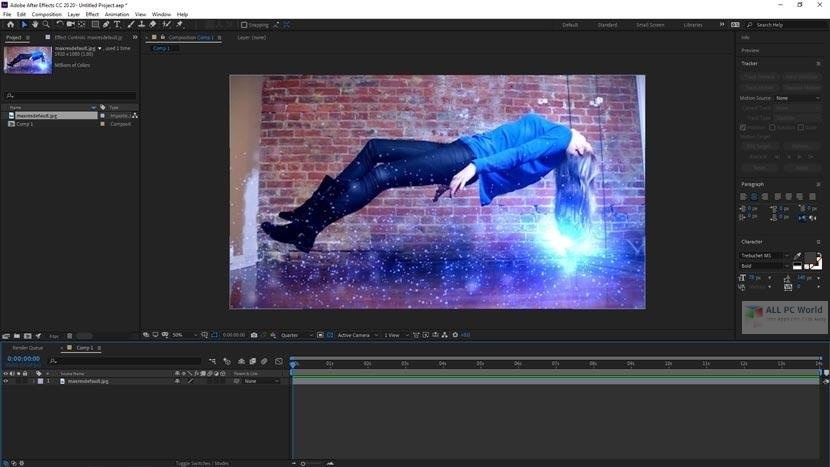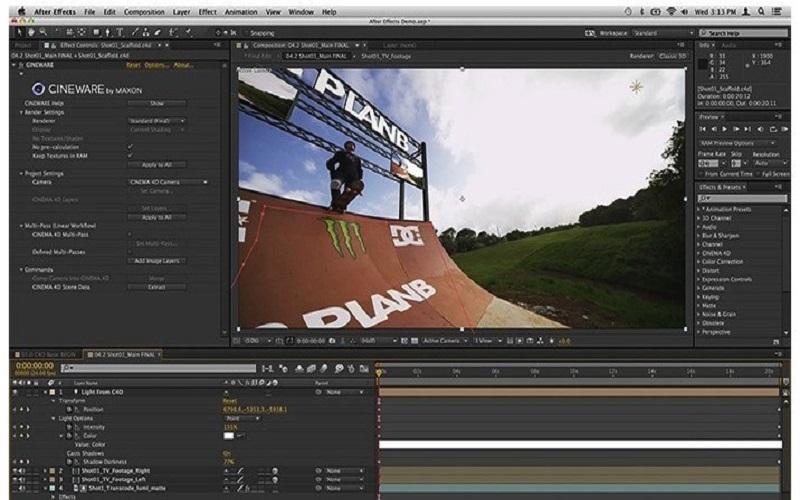

Therefore, you have to make sure there’s plenty enough space inside your PC case to install your new card A high-end graphics card swaps more space in your computer.Until Adobe shows a green flag for AMD chips, it’s better to stick with Nvidia for faster performance.
#ADOBE AFTER EFFECTS REQUIREMENTS PC DRIVER#
From both the hardware and driver perspective, Nvidia GPUs show up as the first choice of most video editors. Moreover, Nvidia cards are more reliable as compared to ones from AMD when it comes to editing video in After Effects. Also, modern GPUs from Nvidia are backed with NVENC, a feature that shifts load from the CPU and shifts it to the GPU for faster rendering and export time. Every Adobe-based video editing application works smoothly with the mid and high-range chips from Nvidia. The Nvidia RTX 3000 Series video cards show ideal performance with Adobe Premiere Pro, Adobe After Effects, etc. On other hand, if your video projects are purely graphical effects, then go for a high-end video card. If you are depending more on the CPU side of video editing, then it’s better to stick with a low-budget GPU to get your job done. Picking a graphics card for Adobe-based video editing applications depends upon the GPU-accelerated workload. Therefore, going for an expensive graphics card isn’t going to make much of a difference.

Adobe has already mentioned the list of supported video cards for Adobe Premiere and Adobe After Effects to improve your rendering performance. Where Adobe is still relying on the CPU part of rendering videos, some part of it does allow you to involve your graphics card as well.


 0 kommentar(er)
0 kommentar(er)
